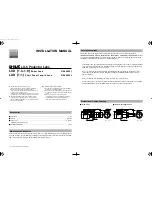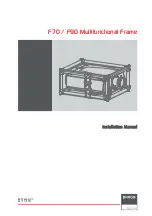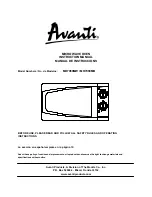
Operation m
anual X-TRIANGL
E
www.x-dreamfly.ch
4. Throwing the X-TRIANGLE
The reserve is very often literally the lifesaver the “Second Chance“ for paraglider pilots. In the close flown air-space
of many flying areas a collision should not be underestimated as a danger on good flying days. Collisions with other
aircraft are one of the principal reasons to pull the parachute. Disturbance in the glider as cravats, which leave the
glider in spirals, fast twisted rotation movements or line breaks which makes the steering of the glider impossible
are other good reasons for throwing the reserve.
Deployment oft the rescue canopy
You grab the handle of the rescue and throw the canopy with a strong lively movement slightly backwards. The more
hard the movement precipitates, the faster the lines stretches themselves and pulls the canopy out of the container.
After the opening
When the reserve opens (usually behind the pilot) the glider is momentarily unable to fly, any prior rotation stops im-
mediately. The rescue rises above the pilot, the glider dives forward or sideways. Now you must immediately attempt
to deform the glider strongly (B- or C-Stall, or pull one line in) that the glider disturbs the rescue in his movements as
little as possible. If one does nothing at all, the glider rises above the pilot, the rescue shifts backwards and cannot
carry properly. This can occur to the dreaded scissoring position (down plane) when the glider and the rescue are at
an angle of 45° to each other. The rescue carries now only one part of the load, the rate of descent is dangerously
high. Try to deflate the glider and don´t let it fly anymore (B- or C-Stall, pull one line in). If the paraglider flutters only
like a flag upwards, the rescue canopy can carry widely undisturbed and freely of pendulum. One more option would
be the use of Quick-Out carabiners. After the rescue opening and release of first one riser and after a short moment
the second one it is possible to get rid of the glider. The pilot don´t need to stabilize the glider anymore and is able to
concentrate fully on the rescue and the landing.
The scissors position
The X-TRIANGLE is extremely pendulum stabl. Nevertheless, the danger of a scissor position (down plane) should be
reduced by stabilising or retraction the main glider. A scissor position increases the rate of descent and produce an
oblique pilot position when landing and increases the risk of injury!
Disconnect the glider
To achieve a proper operation of a steerable rescue the rescue canopy should fly without any influence of the main
glider above the pilot. A simple and effective way to achieve this situation are Quick-Out carabiners. This carabiners
make it possible to disconnect one or even both riser of the glider. We recommend for this reason the use of Quick-
Out carabiners. It is also important if using a speed system that this is separated during the release process as well.
page 9 of 39










































